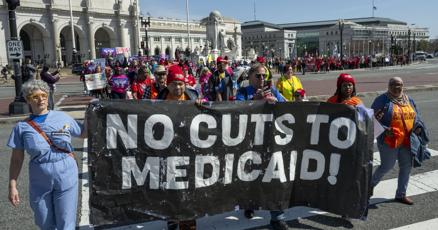Medicaid Cuts Loom: Louisiana Hospitals Brace for Potential Financial Squeeze

Conservative lawmakers are sounding the alarm on what they perceive as a critical issue in healthcare spending. They argue that provider taxes are creating an artificial inflation of federal healthcare expenditures and are calling for an immediate halt to these practices.
The lawmakers contend that the current tax mechanism allows states to manipulate federal funding calculations, potentially draining taxpayer resources unnecessarily. By imposing taxes on healthcare providers and then using those funds to draw additional federal matching dollars, states may be exploiting a loophole in the healthcare funding system.
Their proposed solution is straightforward: eliminate these provider taxes to ensure more transparent and efficient use of federal healthcare funds. This move, they believe, would help control rising healthcare costs and prevent potential fiscal manipulation by state governments.
The debate highlights the ongoing challenges in managing healthcare spending and the complex interplay between state and federal funding mechanisms. As the discussion continues, lawmakers are pushing for greater accountability and fiscal responsibility in healthcare financing.
